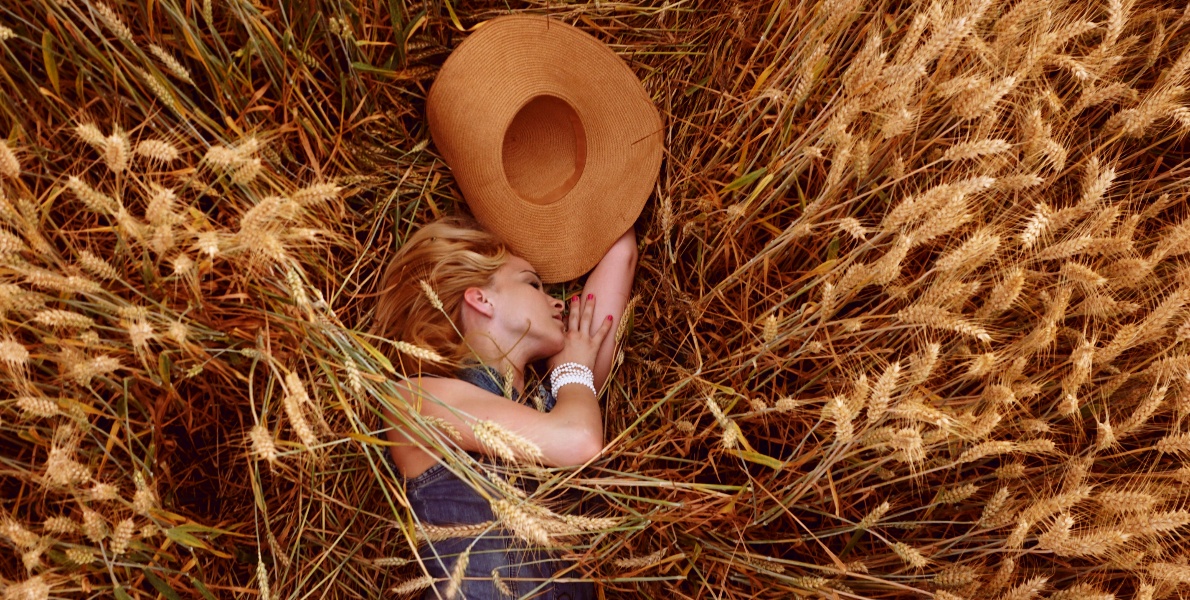Morning People?
I know right?
How can they leave the warm confines of their bed for chilly weather, or do they watch cartoons?
Unbelievable.
But don’t even get me started on Night People.
Don’t they have to work through the day?
You’ve probably had enough of their late-night house parties and loud movie nights.
The majority of people are classified based on their sleep type or chronotype.
Our chronotype determines our sleep patterns and how we function based on our internal body clock or circadian rhythm.
You can be a morning person (also known as an early bird, early riser, or morning lark), an evening person (also known as a night owl), both, or neither.
Morning Larks are known to be early risers and early sleepers.
They have a habit of waking up before the sun rises and they are more active and energetic in the morning.
Night Owls, on the other hand, have an evening chronotype that is 2-3 hours later than their morning chronotype.
This is because of the timing of their circadian rhythm.
Your circadian rhythm regulates not only your sleeping patterns, but also your hunger and eating patterns, hormone levels, and even your mood.
Everyone is different and has their own sleep-wake cycle; some people are more alert in the afternoon or evening, while others are energetic at any time of day; you have a set of characteristics that are superior to the other group.
So, regardless of where you fit in, here are 12 facts that science says about morning larks and night owls.





